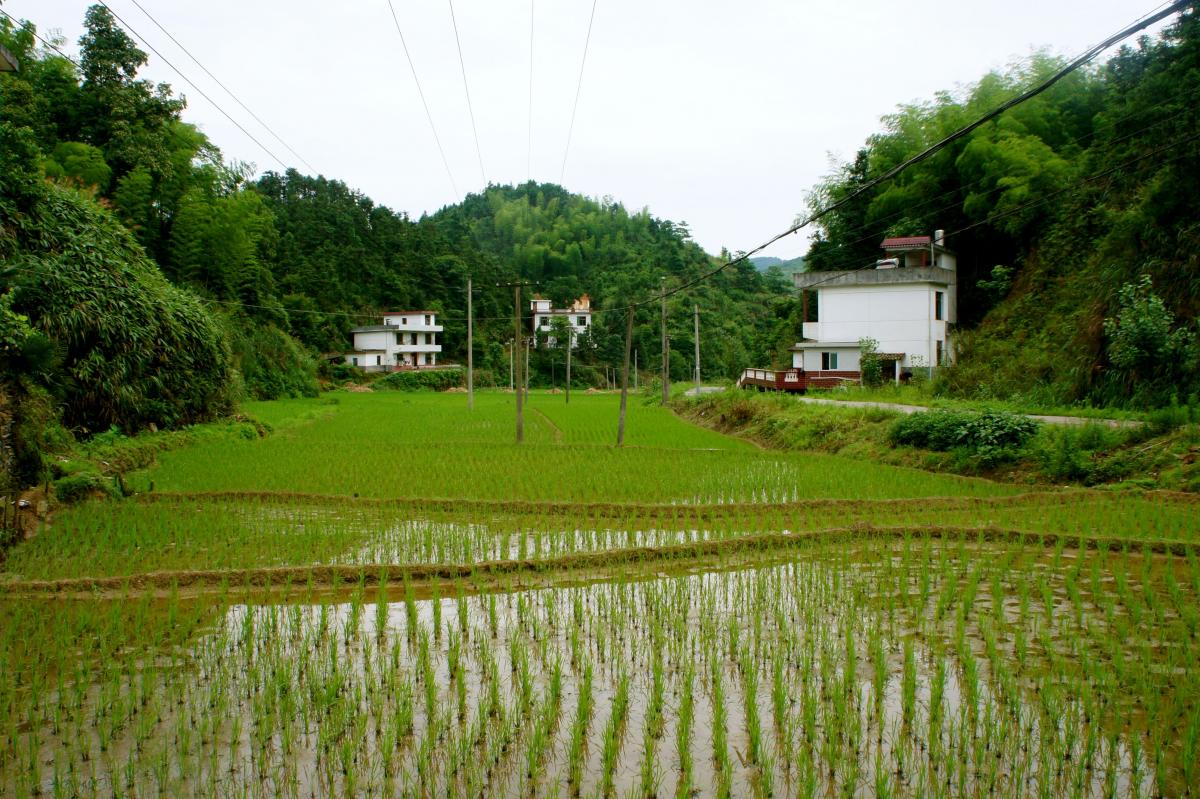By JINJIN XU

Every summer, we boarded the sleeper-train from Shanghai to Jiangxi and I squeezed through the crowds to claim the top bunk in a tight compartment shared with two strangers. The train always smelled of feet and instant noodles, and I loved the 16-hour journey because it was the only time I was allowed to have the MSG-flavored noodles. I rolled onto the scratchy bleached sheets that stuck to my sweaty body, and pressed my head against the cool metal bar to peek out the window, upside-down. Rocking to the train’s steady sway, I felt the soft, comforting crease of the cash my mother had sewn into my underwear against my thighs, in case of pickpockets. Meanwhile, she sat bent on the bottom bunk, purse clutched to chest, glancing up at my dangling head and legs, muttering, “Behave, you are a city girl.”


 “One late afternoon in June of 1880, a rather famous woman sat in a railroad carriage traveling toward Venice with her new husband, a handsome young man twenty years her junior.” Thus begins this accomplished tale, in which the honeymoon of a sixty-year-old bride is the frame for the life story of a woman who defied convention but had no wish to.
“One late afternoon in June of 1880, a rather famous woman sat in a railroad carriage traveling toward Venice with her new husband, a handsome young man twenty years her junior.” Thus begins this accomplished tale, in which the honeymoon of a sixty-year-old bride is the frame for the life story of a woman who defied convention but had no wish to.




